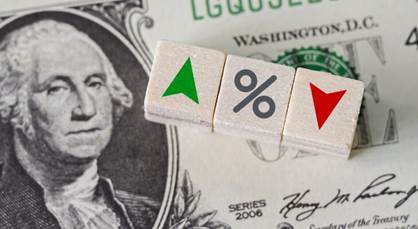Free Courses Sale ends Soon, Get It Now


Free Courses Sale ends Soon, Get It Now



Disclaimer: Copyright infringement not intended.
Context
What is the Federal Funds Rate (FFR)?
Why is the Fed tightening money supply?
What are the risks of monetary tightening?
Read: https://www.iasgyan.in/daily-current-affairs/bond-yield-inversion-soft-landing-and-reverse-currency-war
What is a recession?
What is the likely impact on India?
Read:
Monetary Policy:
Inflation:
https://indianexpress.com/article/explained/united-states-federal-reserve-rate-hike-inflation-recession-india-impact-explained-8055978/
© 2024 iasgyan. All right reserved